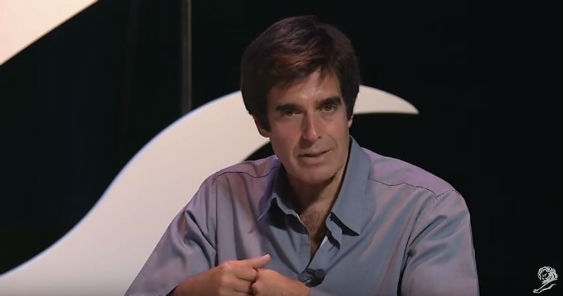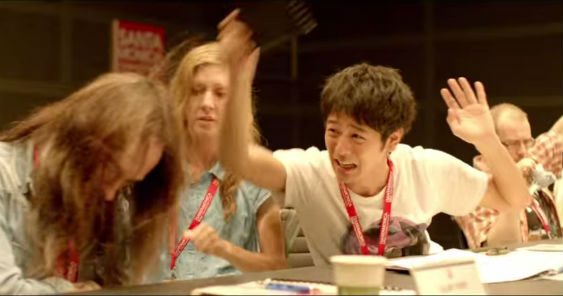MANILA – October 4, 2013 – Venus Navalta answers 10 questions on adobo magazine. Navalta is the chairman of ZenithOptimedia’s Philippine office, which she joined in 2010. Prior to this, she was head of Universal McCann in the Philippines, and worked on a number of social advocacy projects.
1. What is your all-time favorite ad campaign and why?
I don’t think I have an all-time favorite campaign but I have favorites from different periods.
In the 90s, I liked Globe Telecom’s very first campaign on texting which featured communication between a deaf-mute couple. That was a game changer. More recently, I liked Nestle’s Centennial Campaign, it was engaging, touching and inclusive which made it so successful.
2. Who do you think is the most influential celebrity endorser and why?
Anne Curtis is the most popular but I don’t know if she is as influential as Sharon Cuneta during her peak.
3. Which TV program makes you laugh?
None right now but this is more a function of my TV viewing habits which is limited to late evenings and the occasional weekends so I only get to watch news, talk shows and some teleseryes. Nothing funny there.
I get laughs every now and then from foreign comedies, Bubble Gang, from a witty response of an interviewee or a YouTube feature. But I get more laughs from people around me.
4. Are you active on social network, why or why not? What do you frequently post?
I am one of the firsts to join Twitter and Facebook but I am not active at all in social networks. I have hundreds waiting to be my friend.
My few FB friends call me to open my FB if they want me to see their post. I read their posts but I hardly post except to “heckle” their selfies.
5. Which social media network do you think will be the strongest and most active in the next three years? Google, Facebook, Twitter, Instagram, Viber, Whatsapp?
Facebook will continue to lead in the next two to three years. Google+ may overtake FB as it creates a better, more integrated search experience for individuals, becoming a jump-off platform for any information or content.
6. In planning a media buy for a brand, what do you look at first and why?
The business objectives and how media will deliver on it.
7. What was the most memorable media pitch you were involved in and why was it memorable?
The Globe pitch in 2011 was memorable in many ways. The competitor was great in creating pre-pitch buzz (ads in all the major broadsheets, strategic messaging in digital billboards, etc.) and ZO was still emerging from its dark horse image.
On pitch day, we were the last agency to present and it was past 6 p.m. While waiting outside, we could hear the Clients’ laughter, obviously enjoying the competitor’s presentation. And when the door opened, their agency team had that happy, confident look of a winner. What a tough act to follow.
Yet, despite all odds, we went on to win the biggest pitch of the year. It was a defining moment for ZO, very humbling for me.
8. Is research and analytics the be-all and end-all in media planning? What else do you look out for?
The science in media planning is more important than ever but context and integrated content are also critical in the success of the media campaign. Building a communication ecosystem that feeds and drives our targets to owned and earned media is what we are looking for.
9. In running your media empire, what was the most significant change have you observed this year in terms of the way you operate?
The true integration of digital with offline media, training traditional media planners on digital and vice versa and having the tools that allow us to do multi-screen planning using fused and comparable audience measurement data.
The availability of up-to-the-moment information that allow us to optimize campaign performance in-market.
10. Looking ahead, what is your prediction on the traditional media channels over the next three years? Will they be as entrenched?
Television will still be very entrenched but its share will come down by 5-10 percent as we shift some of our buys to online video. Mobile will grow.
Radio’s role as an activation channel in rural areas will remain so it will have a stable share.
The implementation of the new rules on huge billboards will impact OOH spending but we think new formats that are less invasive of and more complimentary to the urban landscape will replace them.
Magazines will be stable but newspapers will continue to decline in readership as other sources of new information continue to grow.





